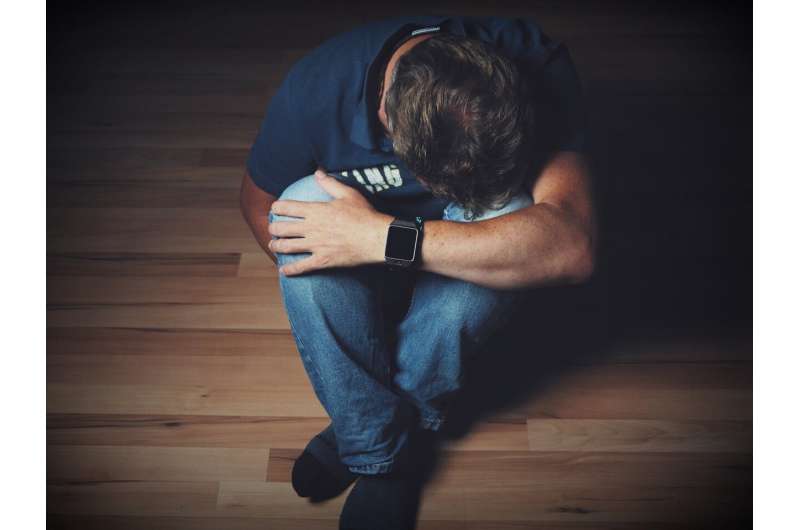Critical Gaps in Psychiatric Care for People Who Inject Drugs

A new study reveals significant disparities in mental health treatment access among people who inject drugs, highlighting systemic barriers and the need for integrated care approaches.
A recent study published in the journal Substance Use & Misuse has revealed substantial disparities in access to psychiatric treatment among people who inject drugs (PWID) with diagnosed mental health conditions. Conducted in Los Angeles and Denver by Dr. Thinh T. Vu from the Center for Innovation in Mental Health at CUNY SPH, the research highlights the urgent need to address systemic barriers preventing vulnerable populations from receiving essential mental health services.
The study analyzed baseline data from 429 PWID collected between April 2021 and November 2022. Findings showed that while approximately 67% of participants reported a history of mental health disorders—most commonly depression (11.5%) and anxiety (10.5%)—only about 23% were actively using prescribed psychiatric medications. Astonishingly, a large majority of these individuals—86.8%—were experiencing houselessness or unstable housing within the past three months.
Several factors influenced whether participants received mental health treatment. Older individuals, those who used non-medical prescription opioids, and individuals with a recent overdose history were more likely to be on psychiatric medication. Conversely, those facing houselessness or unstable housing were 49% less likely to receive treatment. Similarly, those struggling with basic subsistence needs, such as obtaining food or hygiene supplies, had a 59% decreased likelihood of accessing psychiatric care.
Dr. Vu emphasized the significance of these findings, stating, “Our results underscore the critical importance of addressing fundamental survival needs alongside mental health and addiction services. The most vulnerable individuals often face the greatest hurdles, leaving them without the psychiatric support they need.”
The study advocates for a paradigm shift in mental health service provision for PWID. It calls for a comprehensive, integrated approach that combines mental health care with harm reduction strategies and social support services. By tackling issues like houselessness and subsistence hardship directly, healthcare providers and policymakers can work towards improving mental health outcomes and overall quality of life among this marginalized population.
This research underscores the necessity for holistic interventions that recognize and address the intertwined social and health challenges faced by PWID with mental health conditions.
Stay Updated with Mia's Feed
Get the latest health & wellness insights delivered straight to your inbox.
Related Articles
Smartwatches Signal Early Indicators of PTSD in Individuals Following Coverage of October 7 Attacks in Israel
A groundbreaking study reveals that heavy media exposure after traumatic events like attacks can increase PTSD risk, with smartwatches playing a key role in early detection based on monitoring stress and well-being indicators.
How Mindfulness Therapy Offers Hope for Treatment-Resistant Depression
Discover how mindfulness-based cognitive therapy (MBCT) provides an effective, affordable solution for individuals with treatment-resistant depression, filling a critical gap in mental health care.
Insights from Cognitive Science Explain Why Certain Sentences Remain Memorable
Cognitive scientists at MIT reveal that sentences with distinctive meanings are more memorable, explaining how our brain encodes and recalls language based on semantic distinctness.
AI Chatbot Shows Promise for Relationship Support: Similar Effectiveness to Journaling
A groundbreaking study reveals that a GPT-4o-powered AI chatbot can provide relationship support as effectively as journaling, opening new possibilities for accessible mental health assistance.



